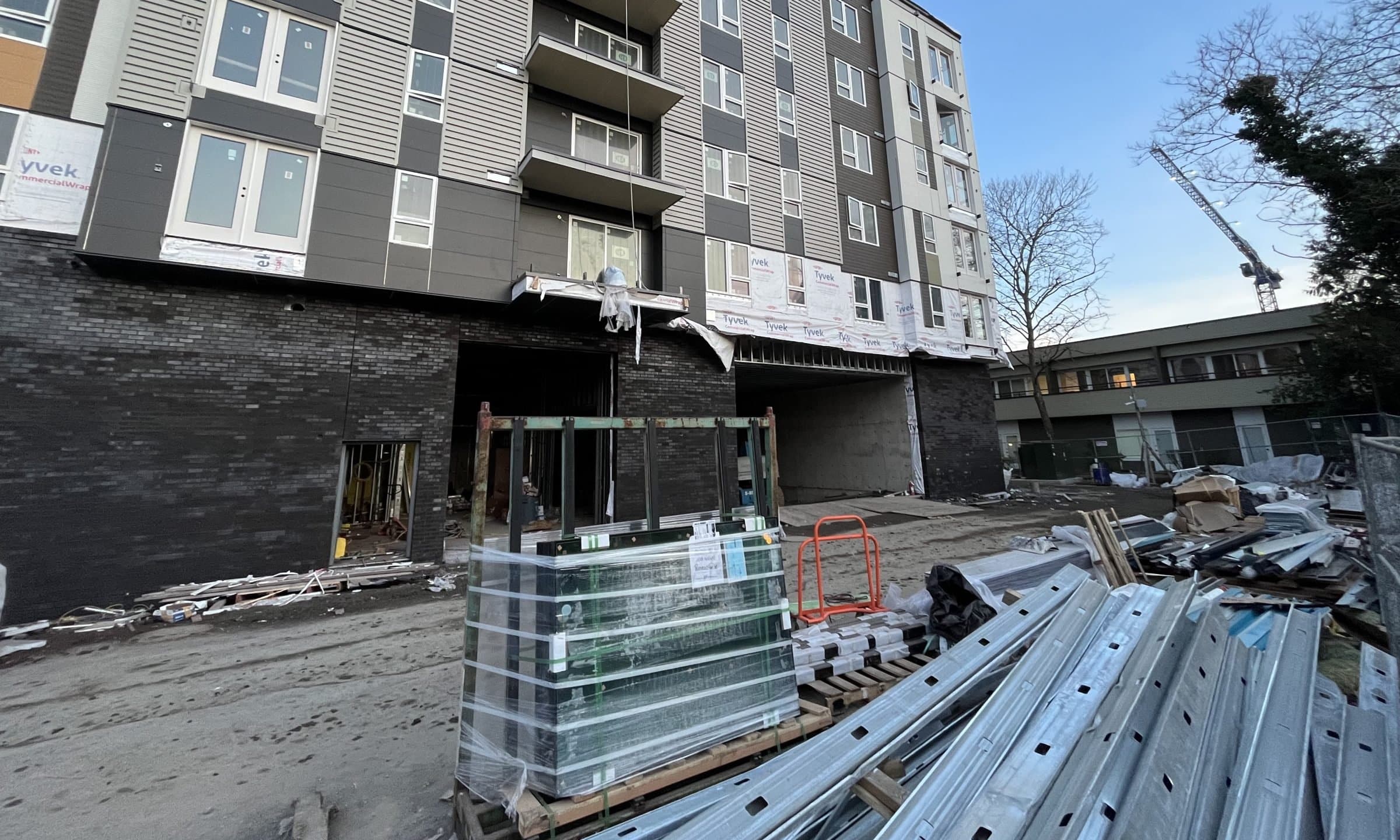The real estate market has always been a lucrative field for investors, and rental properties have consistently been a popular choice. But like any other investment, success in the rental market relies heavily on understanding and interpreting market trends.
In this blog post, we’ll delve into the world of rental market trends, how to interpret them, and how to make smart investments based on this valuable information.
Understanding the Importance of Rental Market Trends
Investing in rental properties can offer a steady stream of income and the potential for long-term growth. However, the success of your investment depends on a variety of factors, and staying ahead of market trends is crucial.
Here’s why:
Market Dynamics are Ever-Changing
The rental market is dynamic and influenced by economic, social, and demographic factors. What was a hot market last year may not be the same this year. Understanding these shifts can help you identify opportunities and mitigate risks.
Maximizing Returns
Investing in properties that are in high demand or located in areas with rental growth potential can significantly increase your return on investment. Identifying these trends is key to maximizing your rental income.
Minimizing Vacancies
High vacancy rates can eat into your profits. Staying updated on market trends can help you adjust your strategies to minimize vacancies and ensure a consistent cash flow.
Analyzing Rental Market Trends
Now that we understand the importance of rental market trends, let’s explore how to analyze and interpret them effectively.
Researching Local Market Conditions
Historical Data
Start by examining historical rental data for your target area. Look at rental prices, vacancy rates, and property appreciation over the past few years. This will provide insights into the market’s overall health.
Local Economy
The strength of the local economy has a direct impact on the rental market. Research the area’s job growth, unemployment rate, and major employers. A healthy job market typically results in increased demand for rental properties.
Demographics and Population Trends
Population Growth
An increasing population often leads to higher demand for housing, particularly rentals. Pay attention to population trends in the area you’re considering for investment.
Age and Household Composition
Consider the demographics of the local population. Are there a lot of young professionals, families, or retirees? Understanding the composition of potential tenants can help you tailor your property to their needs.
Market Supply and Demand
Supply Trends
Monitor the construction of new rental properties in the area. An oversupply of rental units can lead to increased competition and lower rental rates.
Demand Factors
Factors like job opportunities, educational institutions, and lifestyle amenities can affect the demand for rental properties. Areas with strong demand are more likely to provide steady rental income.
Rent Price Trends
Rent Price History
Analyze the historical trends of rent prices in your target area. Look for patterns of growth or stagnation. Understanding these trends can help you set competitive rental rates.
Rental Yield
Calculate the rental yield by dividing the annual rental income by the property’s purchase price. This metric will give you a clear picture of the property’s potential return on investment.
Making Informed Investment Decisions
With a solid understanding of rental market trends, you can now make informed investment decisions. Here are some strategies to consider:
Diversify Your Portfolio
Don’t put all your eggs in one basket. Diversify your rental property portfolio by investing in different neighborhoods or cities. This spreads risk and ensures that a downturn in one area won’t devastate your income.
Adapt to Market Changes
Stay flexible and be ready to adapt to changing market conditions. If you notice a shift in demand or supply, adjust your rental rates or marketing strategies accordingly.
Renovate and Upgrade
Consider investing in property renovations or upgrades to increase your property’s appeal. A well-maintained property can command higher rents and attract quality tenants.
Professional Property Management
Hiring a professional property management company can help you navigate the challenges of rental property ownership. They can handle tenant screening, maintenance, and rent collection, allowing you to focus on growing your portfolio.
Monitor and Review
Continuously monitor your properties and the rental market. Regularly reviewing your investment performance and adjusting your strategies can lead to long-term success.
Conclusion
In the world of real estate investment, interpreting rental market trends is essential for making smart and profitable decisions. By researching local market conditions, demographics, supply and demand factors, and rent price trends, you can position yourself for success.
Remember to stay flexible, adapt to changing market conditions, and diversify your portfolio to minimize risks and maximize returns. With the right strategies and a keen eye on market trends, you can build a profitable rental property portfolio that stands the test of time.




